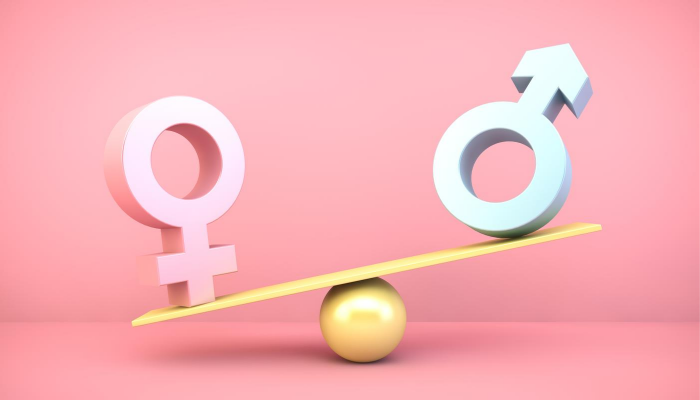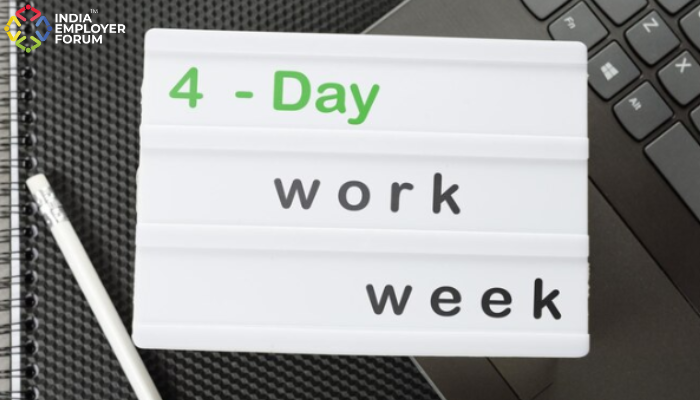The World Economic Forum had predicted even before the pandemic that it would take another 250 years for gender parity to materialize between the two genders. Now when the world is in the middle of a crisis brought by the pandemic, this figure can go further back by a few centuries.
The situation of gender parity was already bleak and this pandemic has made things even worse. Although women all over the world are trying to deal with this problem, it’s going to take years for the situation to reach where it was before the pandemic. It would be wrong to think that the unemployment problem in India caused by the pandemic is the same for both men and women. It is quite evident that this is amongst the biggest setbacks for gender parity in the last few decades.
People who think that gender inequality in the workplace is blown out of proportions should read what CARE and other development and humanitarian agencies have to say about it. Even the World Bank has reported the closing down of more businesses that are owned or founded by women than those that are owned or founded by men during this four to five month period.
You might also be interested to read: Gender Gap In The Workplace Remains Invincible
COVID-19 is turning out to be worse for the women workforce. It is taking away the decades of hard work that women have put in to achieve gender parity at work. Women are being asked to do unpaid work across the world. Millions of women have lost their livelihood and others are engaged in low-paid jobs. A report that was recently released by McKinsey & Co clearly reveals the striking difference of the pandemic on the women and men workforce.
The McKinsey & Co report suggests that women are 1.8 times more likely to lose their jobs in this pandemic than men. Not even 40% of the world’s total workforce comprises women, but when it comes to the pandemic layoffs, women are bearing nearly 55% of the total burden worldwide. One of the biggest reasons for these disproportionate figures is that the majority of the work related to the unpaid care of the people affected by the virus is handled by women.
Before the pandemic, women workforce was around 20% of the total workforce in India. However, women account for around 23% of the total job losses in India due to the pandemic. This report is based on research that studies gender parity across four categories that include equality in work, physical autonomy and security, political voice and legal protection, and essential services and enablers of economic opportunity. This research shows that gender equality at work can never be achieved without gender equality in society.
The pandemic has laid bare the claims of those that talked of gender parity at work. Women are again the worst affected by this crisis. They are more likely to lose their jobs in the future. Businesses that were run by females have already suffered a lot and are expected to bear the consequences of this disparity that is going to widen even further in the time to come.
References:
- “India, US employment surveys show Covid-19 can skew gender parity” by Pavan Lall | July 18, 2020 | Business Standard
- “COVID-19 and gender equality: Countering the regressive effects” by Anu Madgavkar, Olivia White, Mekala Krishnan, Deepa Mahajan, and Xavier Azcue | July 15, 2020
You might also be interested to read:
Related Topics:




